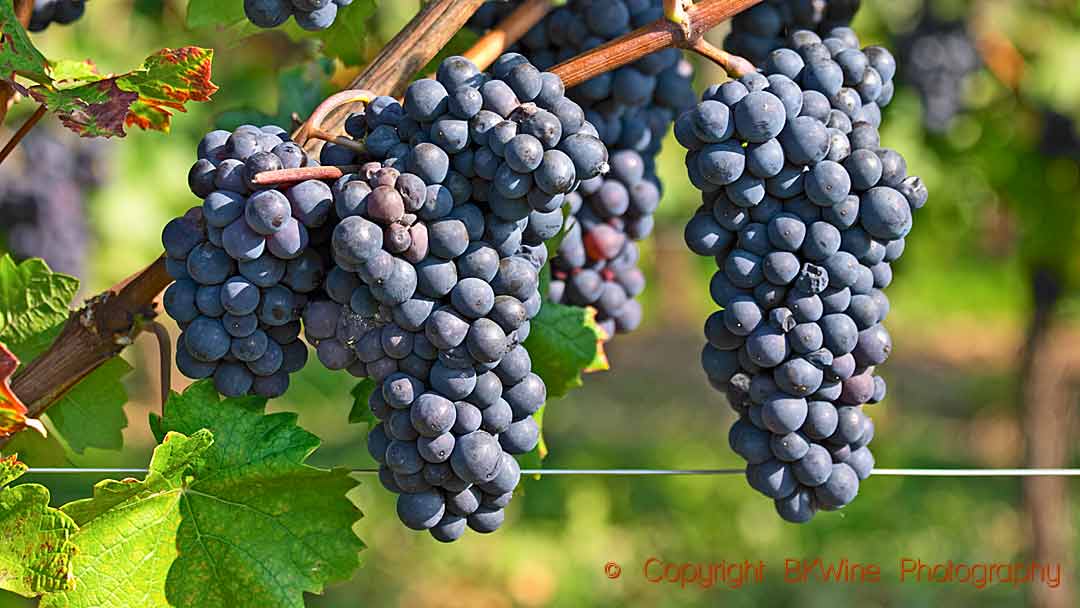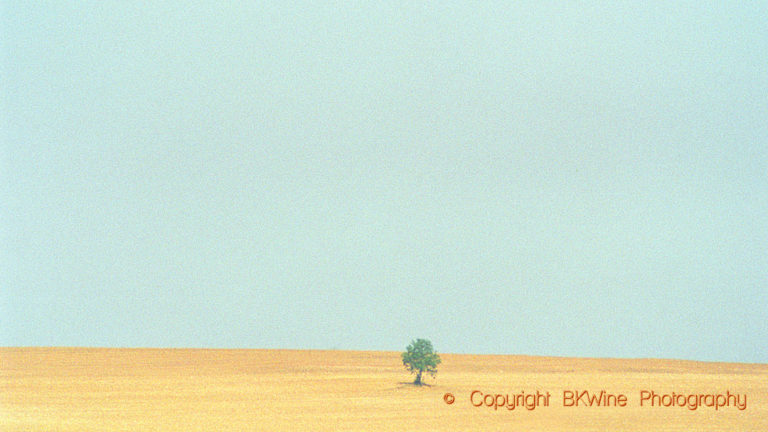During the webinar “Vinosphere Burgundy” at the end of February, researchers discussed various possibilities to tackle climate change. The question was:
Will Burgundy be forced to abandon pinot noir and chardonnay?
The reassuring message was that it is not necessary. Not yet anyway. Before changing grapes, there are various ways to make pinot and chardonnay more adaptable.
One good idea is to search among the many clones with varying characteristics that the two grapes have. Among the clones, there is great diversity. Growers can also choose a rootstock that better withstand drought and heat. But experiments with other grape varieties were also recommended.
Savagnin from the Jura with its beautifully high acidity was mentioned, as well as the Greek assyrtiko. Among the red grapes, syrah, xinomavro from northern Greece and nebbiolo were mentioned as suitable for the Burgundian terroir. But this is long-term planning, Jean-Michel Boursiquot, professor of ampelography, pointed out.
Wine producers are allowed to experiment with “foreign” grape varieties, so-called VIFA, varietés d’intérêt à fin d’adaptation, on 5% of their vineyard surface. They may be part of the wine by up to 10%. Vinosphère Bourgogne is organised by the Bureau interprofessionnel des vins de Bourgogne (BIVB).
Read more vinosphere-bourgogne.
Read: More on pinot noir and chardonnay in our grape variety profiles.










